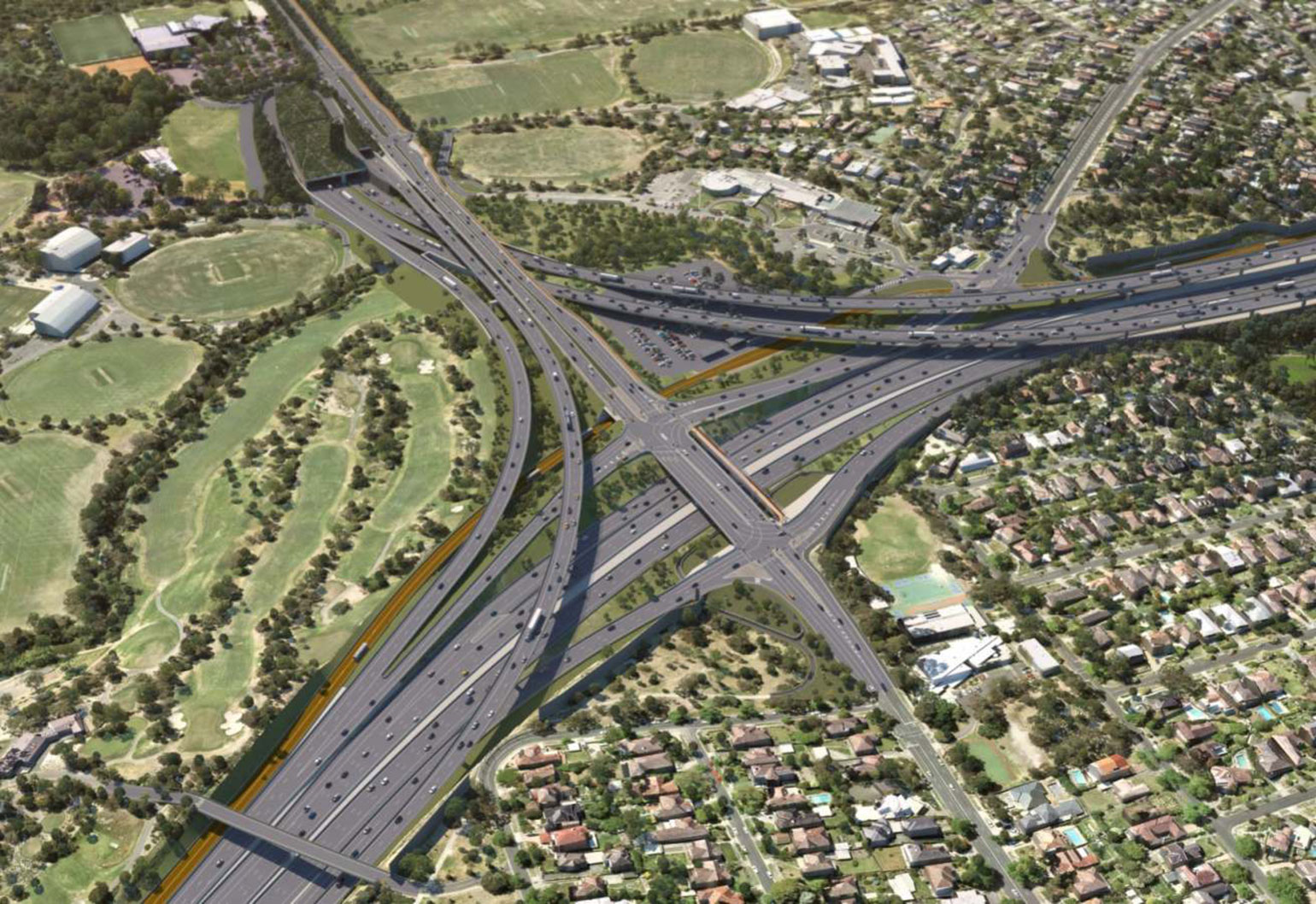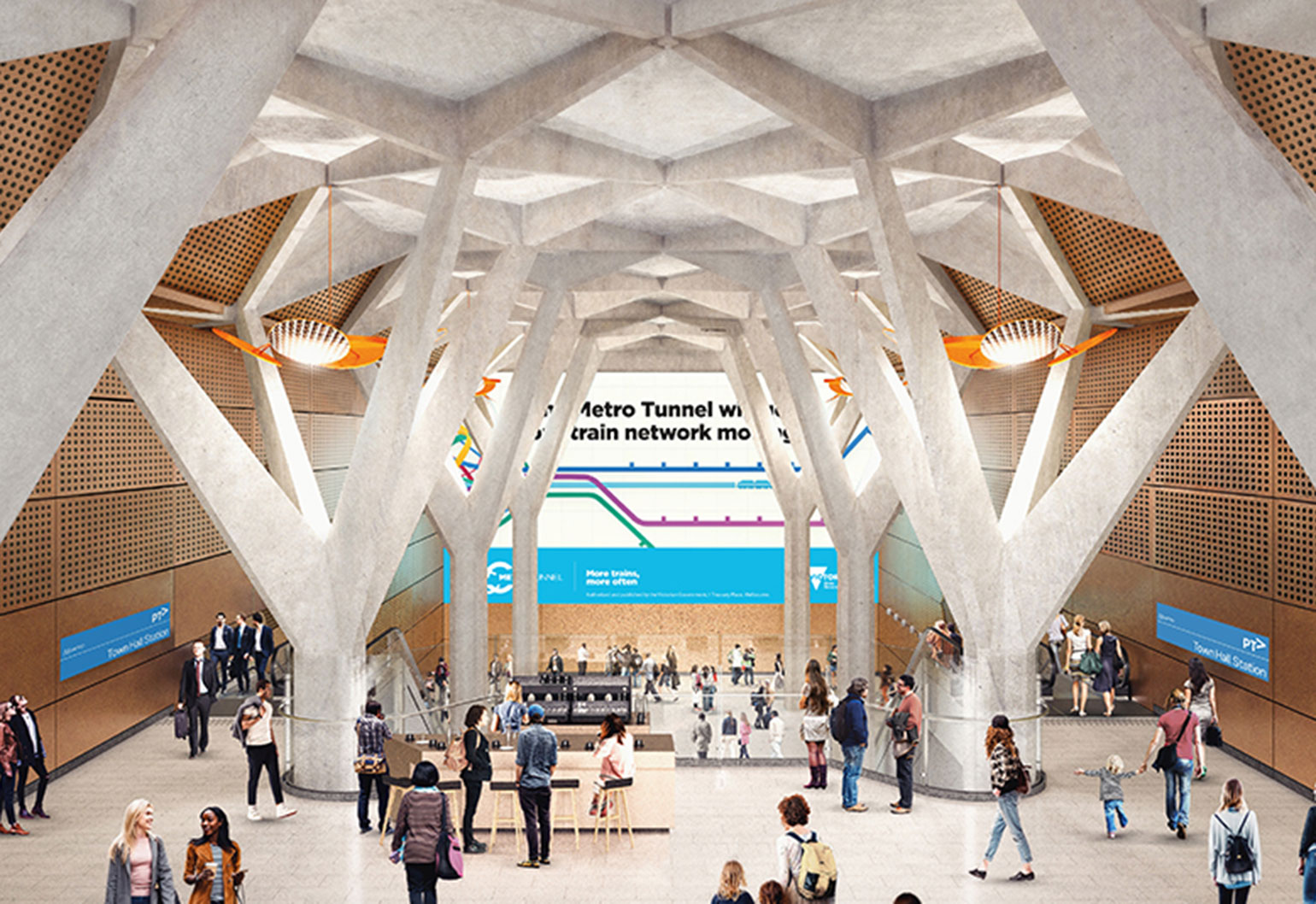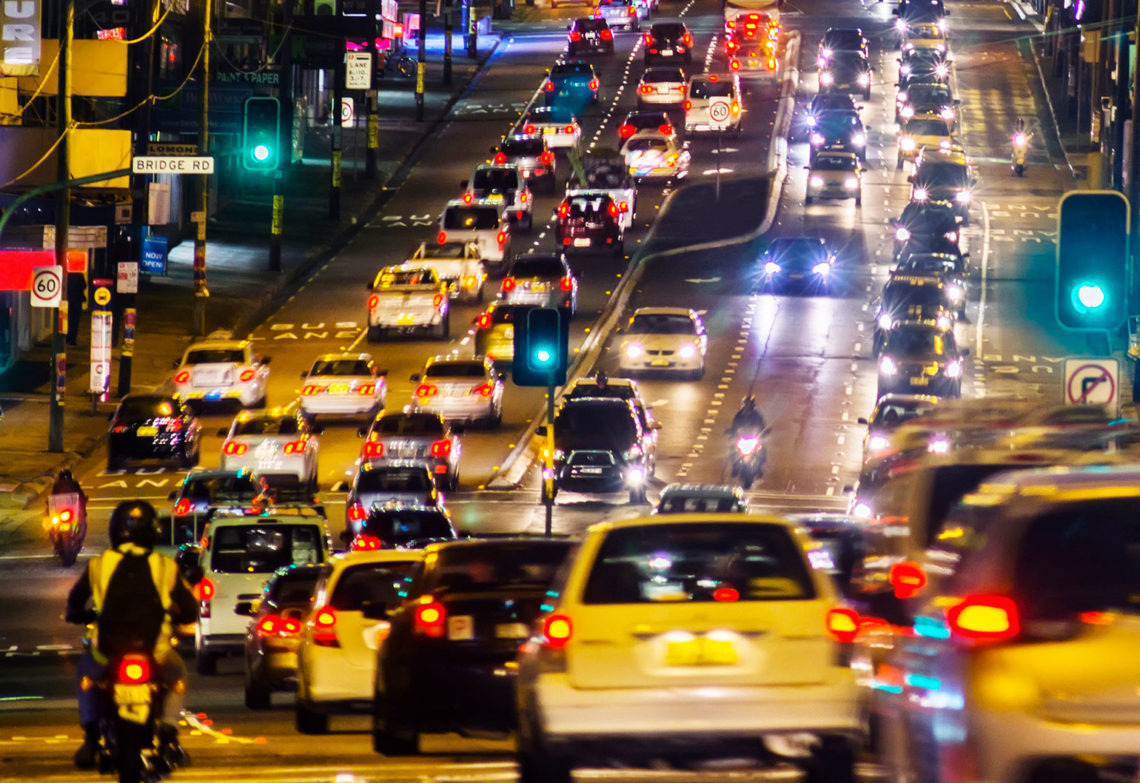Transport infrastructure is always a big ticket item come budget time — at the local and national levels. But it’s not always a case of “more is more”, according to Hussein Dia, a professor of civil engineering and Deputy Director of the Smart Cities Research Institute at Swinburne University of Technology.
Dia specialises in future urban mobility systems. What’s consistently missing from transport solutions, he said, is smart technology that would provide “higher benefits at a fraction of the cost”. He added this is especially true when retrofitting existing roads.
“The benefit-to-cost ratio can be more than a dozen times greater than for a new road,” he wrote in a piece for The Conversation.
Work smarter, not harder
As Australia’s population continues to grow and urbanise, cost-effective, high-performing transport infrastructure will become more important. Dia said that technology implementation is key to getting a better benefit-to-cost ratio (BCR) for “congestion-busting” infrastructure projects.
Road expansion projects usually provide, on average, a BCR of 3.0 (so for every $1 invested, $3 is returned in the form of economic and community benefits), although there is some high-low variation. For example, Melbourne’s North East Link (Victoria’s biggest infrastructure project) has a BCR estimated at 1.25, while the BCR for the Melbourne Metro Tunnel project is estimated to be between 1.1 and 3.3.

Dia argued that while good, these are dwarfed by the much higher BCRs offered by tech solutions, which can yield BCRs in the low teens to high twenties — and beyond. For example, adaptive traffic signal control allows traffic signals to change based on real-time demand, and yields, on average, a BCR of 40, according to Dia’s research. And corridor management systems, which use technology to control networks of motorways and urban roads, have an average BCR of 24.
“Traffic signals along a route can be coordinated to create ‘green waves’ for platoons of vehicles to travel without stopping. These solutions are effective for congested cities that experience rapid traffic growth and changing traffic patterns,” he said.
“On managed motorways, ramp signals, variable speed limit signs and traveller information systems are proven tools to respond in real time to changing traffic conditions.”
One Australian city that’s investigating this approach is Adelaide, which took steps earlier last year to improve traffic congestion through the use of sensors and data analytics. The city ran a pilot that used sensors embedded at busy intersections to monitor pedestrian and vehicle activity. Algorithms then used this information to recommend traffic light intervals to improve traffic flow.
Melbourne is also looking at ways to use technology to make better use of existing infrastructure. The city’s Transport Strategy 2030 includes provisions for exploring how Internet of Things devices can be used to coordinate traffic light cycles to give pedestrians, trams and cyclists priority in certain pockets of the city.
Improving safety
Smart technology can reduce not just travel time and congestion, it can improve road safety as well. Dia argued that more investment in traffic incident management technology — including traffic sensors and software that analyses data in real time — shortens response and removal times after an incident, such as a crash, breakdown or spilled load.
Experiments with artificial intelligence show the technology could be used to predict where and when crashes are likely to happen. This data can then be used to improve road infrastructure and design to prevent future accidents from happening, and cut the economic impact of road accidents.
When used in combination, the benefits of real-time monitoring, network management, incident management, intelligent traffic management and other technologies are amplified.

For example, the Florida Department of Transportation implemented technology solutions to improve infrastructure performance and safety, including incident management, ramp signalling, traveller information and express lanes.
The costs of doing this were US$70.3 million ($102 million). The benefits — almost US$3.1 billion ($4.5 billion).
“That’s a BCR of 43.7,” Dia said.
He cited a similar case study of the M42 motorway in the UK, where the cost of implementing technology solutions to reduce congestion was $218 million over two years.
According to Dia, “widening the road to produce the same outcome would have taken 10 years and cost $1.16 billion”.
Success factors
While smart technologies aren’t a replacement for investment in transport infrastructure, they can increase the capacity of existing infrastructure and provide new ways to rise to the challenges Australia’s cities will face in the near future.
“Technology is getting to the point where it’s making a serious difference in tackling the mega-challenges facing our cities; it’s role must be prioritised,” Dia said.
“Intelligent technology systems improve the use of existing assets and increase their operational life. They enhance traveller experience and reduce reliance on building new roads. And they deliver superior value for money.”
However, he added that for these to become standard practice, more needs to be done to move beyond a project-by-project approach. Dia points to countries like Singapore, Japan and South Korea as examples to follow.
“The recurring policy themes in these countries include a national vision of smart infrastructure and commitment to funding,” Dia said.
“They prioritise investment in research and trials, standards development and partnerships with industry. These are key factors in the success of their tech-driven transport solutions.”




Absolutely – the essence of sustainability is making more effective use of resources.
We need a national vision for systems of smart infrastructure and ought to prioritise a far greater proportion of investment in research and trials rather than relying so heavily on the mentality of building new road assets.